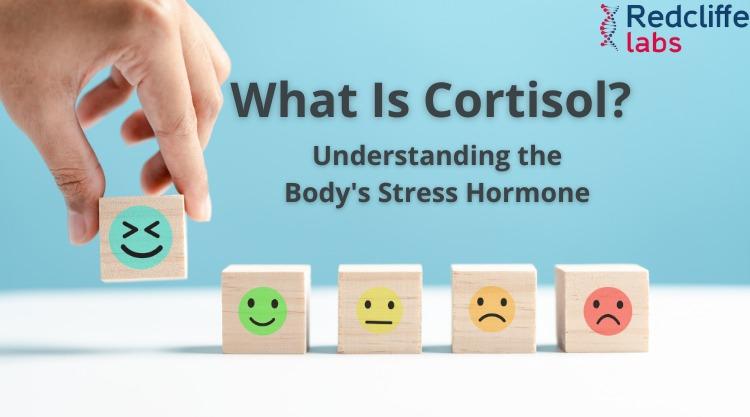The Ultimate Guide For Time-Restricted Eating

Medically Reviewed By
Dr Divya Rohra
Written By Muskan Taneja
on Jul 19, 2024
Last Edit Made By Muskan Taneja
on Jul 19, 2025

After Covid-19, people have started focusing on their health. Some go to the gym, while some prefer dieting, specifically intermittent fasting—a popular and preferred nutrition program. Time-restricted eating (TRE) is a type of Intermittent fasting.
Intermittent fasting limits food consumption hours, ultimately cutting calories. TRE provides several other benefits. This blog will delve into the idea of time-restricted eating and provide every important detail.
What Is Time-Restricted Eating?
Time-restricted eating is a diet that focuses on when rather than what to eat. It provides a strategy to limit food intake to specific hours each day. By limiting eating hours, people can improve their metabolic health parameters by aligning nutrient timing with the body’s internal clock.
If your normal food cycle is from 8:00 AM to 9:00 PM, your daily period is 13 hours, and with time-restricted eating, the cycle period comes down to 8 hours. So, no calories can be consumed in the remaining 16 hours, which limits the calorie intake. The same is repeated daily. Time-restricted eating can reduce up to 650 fewer calories per day.
What Are The Health Benefits of Time-Restricted Eating?
Weight loss is one key benefit of time-restricted eating, but there are several others. Let’s understand.
- Weight Loss- Studies show that normal and overweight people have seen a weight loss of up to 5% over 2-4 weeks. Eating healthy food like fruits, vegetables, dairy products, whole grains, high-fiber carbs, and low-fat food helps maintain a steady weight.
- Manage Diabetes- Diabetes is a disorder that affects millions of people. Unhealthy eating habits can cause diabetes. Healthy time-restricted eating can help maintain healthy sugar levels and help delay complications of diabetes.
- Heart Health- A time-restricted diet includes fruits, vegetables, low-fat foods, and high-fiber carbohydrates that help reduce cholesterol and improve heart health.
- Reduce the Risk of Cancer- An unhealthy lifestyle can lead to cancer in any age group. Eating antioxidant food like berries, green vegetables, nuts, and seeds can reduce the chances of developing cancer.
- Maintaining Muscles- Time-restricted eating helps with overall muscle development. Several studies have shown how diet helps with muscle growth, lean mass, and strength, leading to better muscle performance.
Risks of Time-Restricted Eating
People have seen several benefits of following time-restricted eating. If you don’t perform it correctly, signs of malnutrition and other risks can be seen. Here are the risks associated with time-restricted eating:
- Fainting and Nausea
- Dehydration
- Malnutrition
- Bad Breath
- Excessive Fatigue
- Interrupted sleep pattern
- Mood Swings
- Irregular digestion
- Headaches
- Hunger & Cravings
- Irritation
Limitations of Time-Restricted Eating
The results of diet differ from person to person. The following people should avoid time-restricted eating:
- Pregnant women
- Young kids & adolescents
- Elderly Individuals
- Nursing women
- Immunodeficiencies Individuals
- Individuals who have a history of
- Eating Disorder
- Traumatic Brain Injury
- Post-concussive Syndrome
- Medical Condition
- Dementia Patients
How To Perform Time-Restricted Eating?
It is very important to know how to perform time-restricted eating because any wrong step can lead to the above-mentioned risks. Choose a certain number of hours in a day in which you will eat all your calories. There is only one simple rule: the number of hours should be less than your usual calorie intake hours. For example, your normal intake hours are twelve hours, but in the case of TRE, the window is eight or nine hours. Repeat the procedure for the coming days.
Unfortunately, there isn’t enough research on ‘what to eat’ during time-restricted eating. Dieticians recommend eating low-fat, high-fiber fruits and green leafy vegetables. Nonetheless, people opt for a six to ten-hour window daily. More effortlessly, let’s understand it step-by-step.
Have a Slow Start
Initially, begin with a shorter fasting period. Once you adapt to time-restricted eating, increase your fasting time. Let’s say take a pledge to not eat from 10:00 PM to 7:00 AM. Gradually, begin your time by 30 minutes every two days. It will help you achieve your desired fasting period. In the initial period, it is unlikely to get the desired results.
Exercise
For people who exercise regularly, it will not be easy to adjust to TRE or any new eating plan. However, time-restricted eating can help reduce body fat. Additionally, TRE helps the human body avoid increased hunger from an extra workout, which may lead to burnout or failure.
Focus on Protein and Fibre
TRE may be difficult for people who have never fasted before. Adding high-fiber carbs and proteins can help them stay full. Food like lean meat, eggs, tofu, nuts, or green leafy vegetables can help fulfill the protein intake. These nutrients can also be beneficial in preventing food cravings.
Don’t Worry About Setbacks
There will be days like parties, nights out, or a special occasion when you can’t follow TRE. Don’t let it put a setback on you. Don’t think of quitting. Otherwise, look at it as an opportunity to get back on time.
Key Takeaways
TRE has both positive and negative impacts on the human body. The results always vary from person to person. A highly effective and balanced diet can help you achieve results. Additionally, consult your dietician or a nutritionist to know which food item is right for you. Time-restricted training is not a miracle. It will take time. Stick to it, and sooner or later, you will achieve results.



